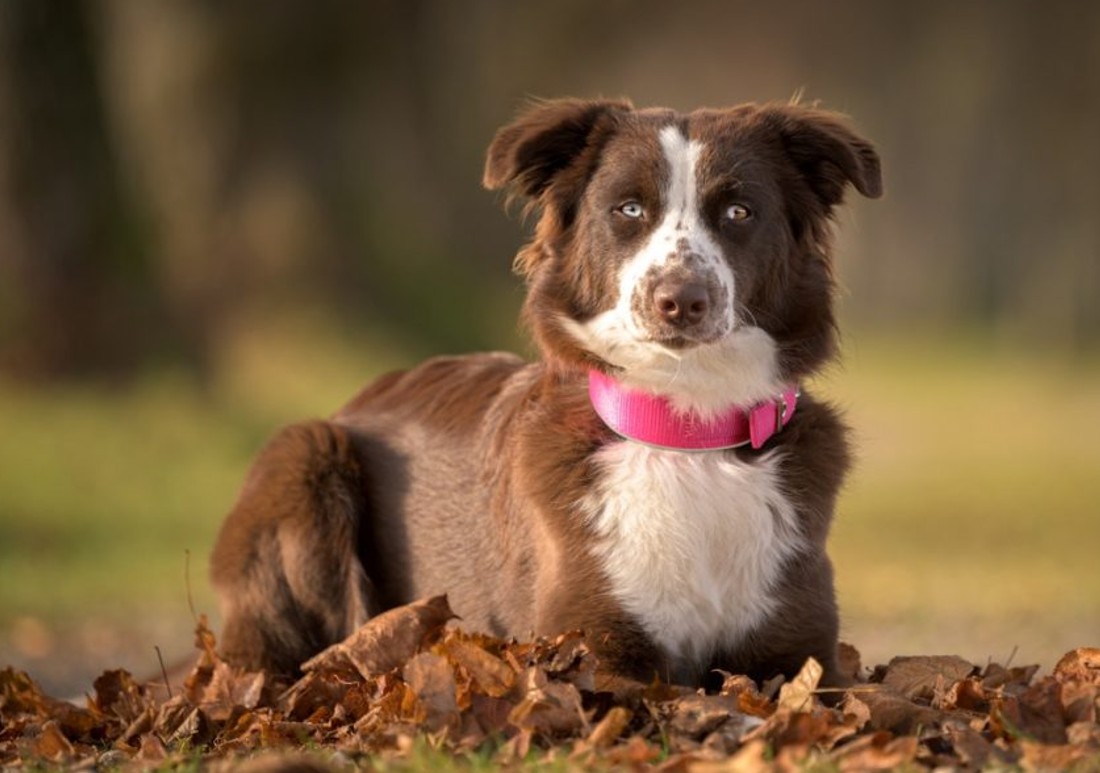How Tight Should a Dog Collar Be?

If you’re shopping for a collar for your pup, you might be wondering, “How tight should a dog collar be?” And how can you tell if your dog’s collar is too snug? While this might seem like a simple thing, it’s important to make sure that your dog’s collar is not too tight as this can cause them physical discomfort and even serious injury.
In this post, we’ll discuss the different factors that you need to consider when choosing the right fit for your dog’s collar. We’ll also provide some tips on how to properly fit a collar and how to check if it’s too tight. If you’re a dog parent and want to ensure your pup’s comfort, this article is for you.
Types of Dog Collars
Dog collars come in many different varieties, including flat buckle collars, Martingale collars, and slip lead or training collars. We take a close look at each type below.
Flat Buckle Collars
These are best for everyday use. Some feature an additional loop where you can attach identification tags or other accessories securely to your pet’s neck. The buckles are usually made from either plastic or metal, so you can choose the material you prefer.
Martingale Collars
A Martingale collar is great if you need added control while walking or training. This type has two loops: one around the neck and a secondary ‘control’ loop connected by two sliding rings that easily tighten once pressure is applied. This design offers you better handling capabilities when needed. They come in various sizes, materials, and widths so make sure you find one that fits snugly but comfortably on your pet’s neck.
Slip Lead Collar
This type of collar features an adjustable sliding loop at one end which easily loosens up when no pressure is being applied. It tightens up immediately when handled sharply, however, making it ideal for quick corrections during training.
Breed Differences
The type and size of collar you choose should depend on the breed and size of your pet, as well as their age and activity level. Larger breeds generally need heavier-duty collars, while lightweight collars may be better for smaller dogs or puppies who are just starting to wear a collar.
How To Measure the Right Fit
Measure your pet’s neck at its widest point using an ordinary flexible measuring tape. Once you have obtained this measurement, compare it with the manufacturer’s specifications to determine the correct size collar for your pet’s needs.
If you cannot find a manufacturer’s sizing chart specific to your pet’s breed or size, measure two finger widths between your pet’s neck and collar. A good rule of thumb is that when properly fitted with two fingers width on each side, there should be minimal space between your pet’s neck and the collar itself. Any less and there could be uncomfortable rubbing, any more and it could become too loose when you have a leash connected.
Signs a Dog Collar Is Too Tight
There are a few signs that a dog collar is too tight that you should keep an eye out for. Fur near the pup’s neck may start balding due to irritation caused by too much friction. This could require medical attention if not treated quickly. If there are significant amounts of redness or swelling around the pup’s neckline, this could also indicate signs that their collar has been left on too long. Look out for signs associated with discomfort such as whimpering and whining or pawing at their neck.
Conclusion
Selecting and properly fitting a dog collar is an important step in ensuring your pet’s health and happiness. With the right knowledge and understanding of the different types of collars and their uses, you can ensure that your pup’s collar is the right fit. Remember to consider your dog’s breed, size, and activity level when selecting a collar. Your pup’s safety and comfort should always be top priorities, so make sure to follow the tips in this article to ensure their collar fits them just right.
Your Pet’s Best Interest, Always
At Pet Institute, we take pet care seriously. We're dedicated to transparency, impartiality, and the well-being of your pets in every article, review, and recommendation we provide. Our unwavering commitment to these principles ensures that you, our valued reader, always receive reliable and unbiased information. Let us be your trusted guide in the world of pet care and companionship.